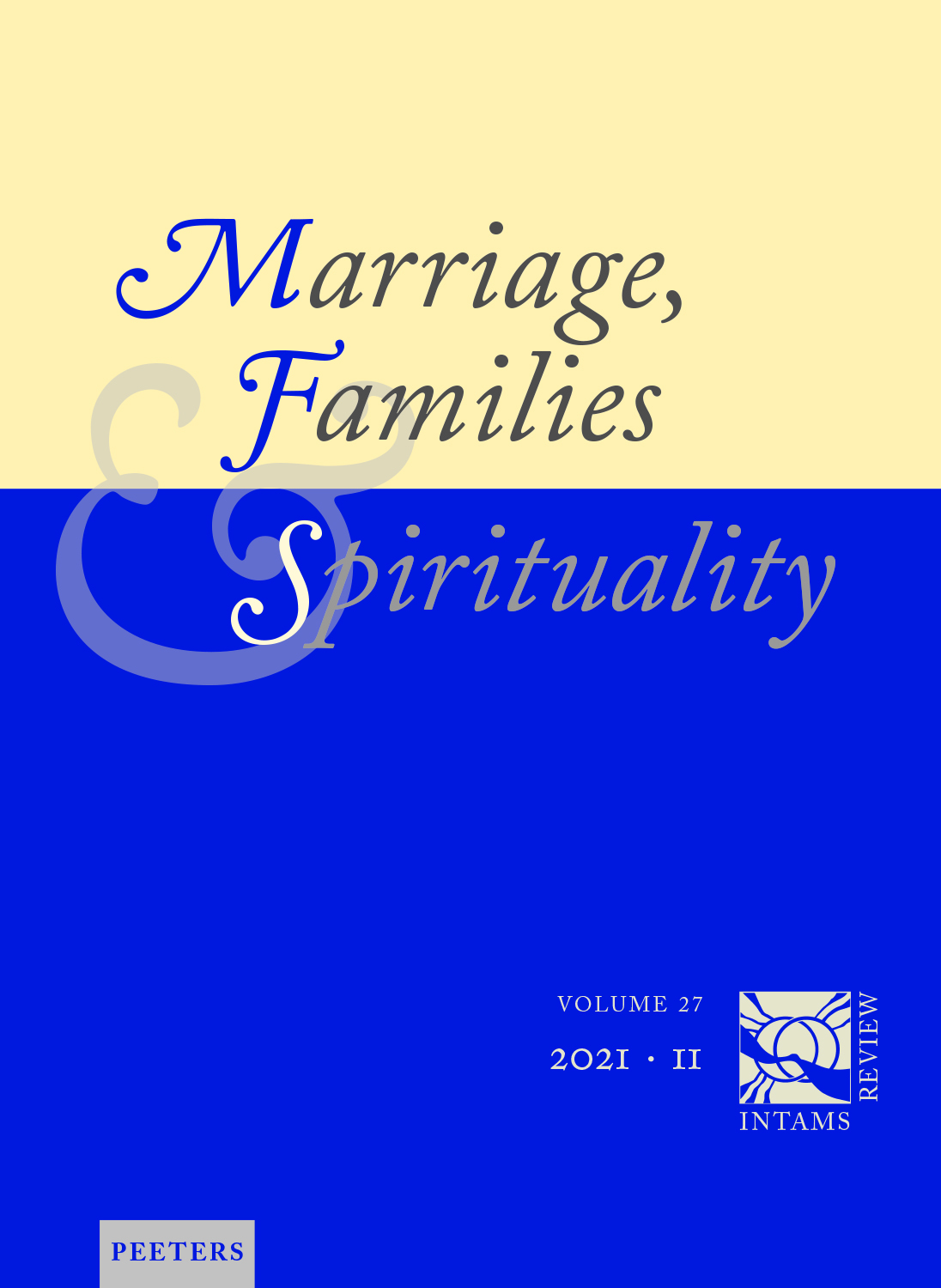 previous article in this issue previous article in this issue | next article in this issue  |

Preview first page |
Document Details : Title: Homosexuality from the Perspective of Theological Ethics Subtitle: An Analysis of the Problem Author(s): HILPERT, Konrad Journal: Marriage, Families & Spirituality Volume: 25 Issue: 2 Date: 2019 Pages: 136-147 DOI: 10.2143/INT.25.2.3287502 Abstract : The article sets out different issues in regard to same-sex relationships, highlighting the theological implications and how the relationships have been treated in Catholic Church teaching. The first section gives a brief overview of the grounds given for the negative attitude toward homosexuality in the Christian tradition, showing that it was first treated as an unnatural sinful state and then as a disordered state that was only sinful if acted upon sexually. The shift in Church teaching was occasioned by the increasing recognition in recent decades that same-sex orientation is not something that can be explicitly chosen or changed. The second section discusses the rights that are implicit in the recognition of the unchangeability of sexual orientation. If sexual orientation is a natural component of one’s identity, then those who are same-sex oriented cannot be discriminated against for that, nor compelled to undergo procedures to change. Social and legal norms must also not privilege heterosexuality over homosexuality and should treat homosexual persons as a minority to be protected. Church teaching has not accepted this development in full. While it affirms that no one can be treated badly because of an inclination or orientation, it still insists that a homosexual orientation is disordered and should not be acted upon. The third section analyzes the reasons for the rejection of homosexual acts by the Church’s magisterium. It raises the question of whether the Church’s position is truly addressing the reality of lasting homosexual partnerships and not dismissing homosexual acts based solely on expressions that are recognized as inadequate even in heterosexual relationships. The fourth section takes up the biblical texts cited as prohibitions of homosexual relations and shows that modern readings take the texts out of context and miss their central point, which in no way concerned the current reality of homosexual partnerships. The fifth section considers the legal developments in regard to same-sex relationships. While many countries have extended full partnership rights to homosexual partnerships, with some allowing for same-sex marriage, the Catholic Church has continued to condemn such legal acceptance. It does so by seeing heterosexual marriage as an essential component to any just society. However, the author shows that this is in tension with other magisterial teachings on the quality of love as constitutive of marriage and on the commitment of the Church to promote justice in society. He suggests that the rejection of same-sex unions is inconsistent with Church doctrine as a whole, but he shows that the key issue is whether the possibility of procreation is essential to any life-long sexual relationship and whether assisted reproductive techniques would be appropriate. The final section sketches out the various issues involved in the pastoral care of homosexual persons in which the Church must practice the tension present in the documents: supporting homosexually oriented persons while rejecting any sexual expression of such an orientation. In today’s society, the author shows, this is practically impossible since the potential objects of the Church’s care are engaged in relationships that it refuses to recognize. He concludes by asking whether the Church is willing to expand its understanding of marriage. |
|


